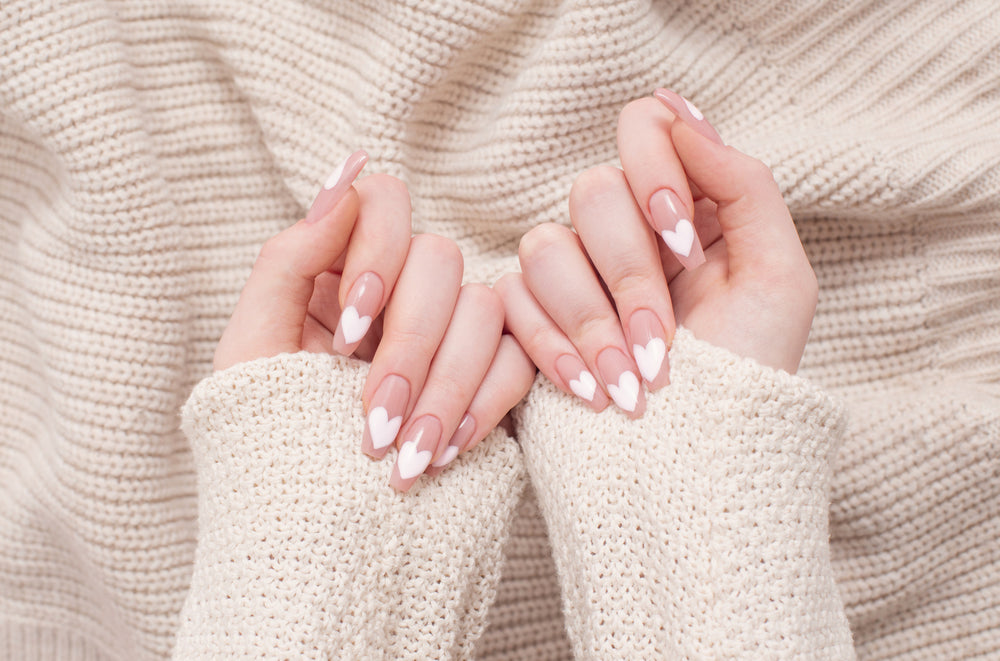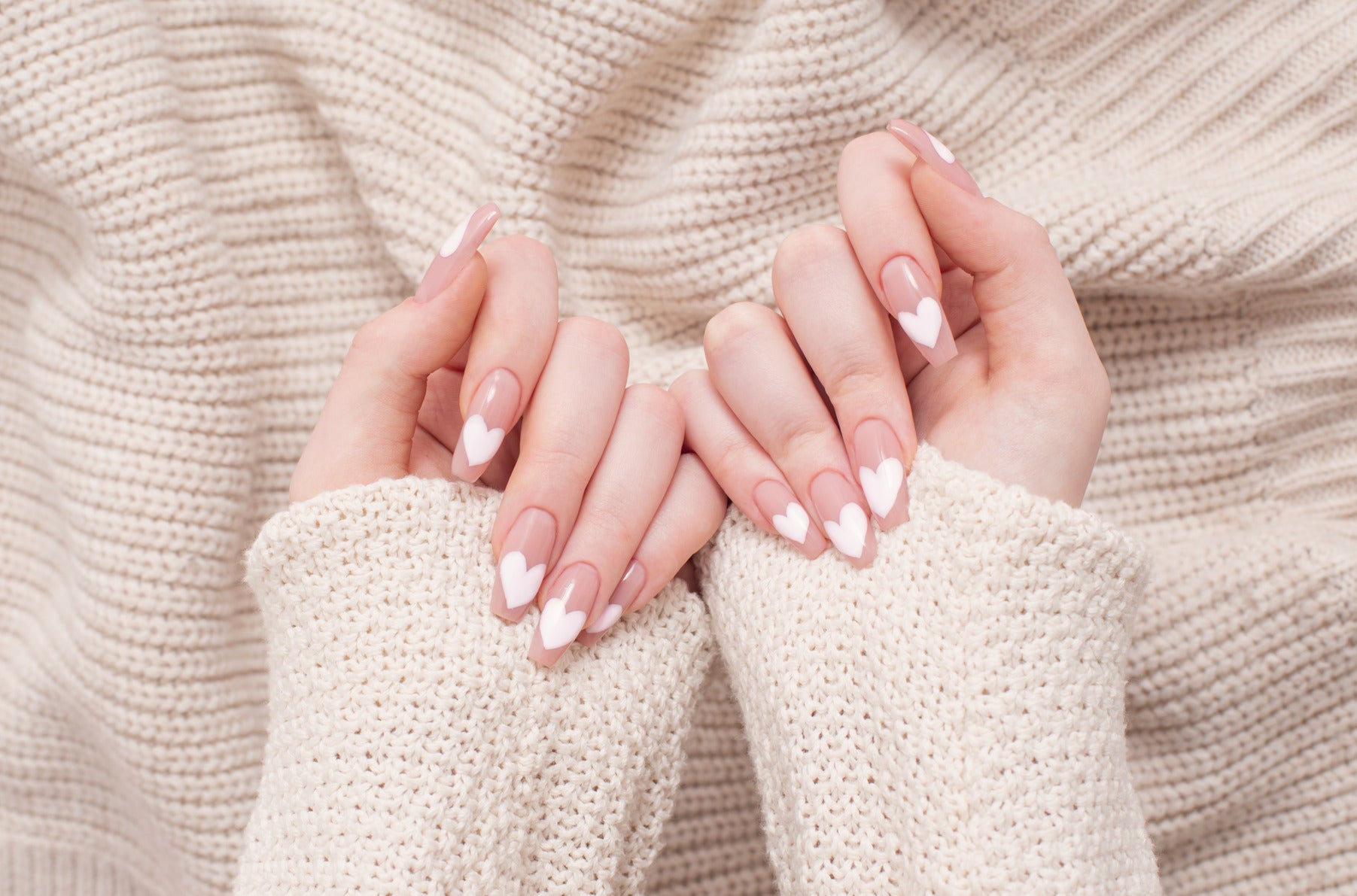How to Maintain Your Nail Art Brushes
Nail art brushes are the backbone of any nail technician's toolkit. They are the tools that bring your creative designs to life.
However, these brushes require proper care and maintenance. Without it, their performance can decline, affecting the quality of your work.
This article will guide you on how to clean nail art brushes. It will provide you with practical steps to ensure your brushes remain in top condition.
We'll delve into the different types of brushes and their specific cleaning needs. We'll also discuss the materials you'll need for cleaning and how to use them effectively.
By the end of this guide, you'll have a comprehensive understanding of brush maintenance. You'll be able to confidently perform various nail procedures with well-maintained tools.
So, let's dive in and learn how to keep your nail art brushes clean and ready for your next masterpiece.
Understanding Nail Art Brushes
Nail art brushes come in various shapes and sizes, each serving a specific purpose. Each type of brush is designed for different techniques and effects.
Flat brushes are excellent for one-stroke designs, while fine detail brushes are ideal for intricate patterns. Additionally, liner brushes help create long, flowing lines.
The bristle material also varies between brushes. Some feature natural bristles for a softer touch, while others use synthetic bristles, offering durability.
Understanding these differences helps you choose the right brush for the task. This knowledge is crucial for achieving the best results in your nail art designs.
Importance of Clean Nail Art Brushes
Keeping your nail art brushes clean is crucial for several reasons. First, it prevents colour contamination between nail polish applications, preserving your designs' integrity.
A clean brush also maintains hygiene. Bacteria can thrive in leftover paint or product residue, posing a risk to your clients' health.
Moreover, regular cleaning helps extend the lifespan of your brushes. It prevents the buildup of residue that can damage and fray bristles over time.
Finally, by ensuring your brushes are clean, you enhance their performance. Clean brushes allow for more precise, crisp lines, crucial for detailed nail art work.
Materials Needed for Cleaning Nail Art Brushes
Gathering the right materials is key before you start cleaning. This ensures the process is efficient and effective.
The essentials include a quality brush cleaner, which is formulated to remove product buildup. It's a must-have for any serious nail technician.
A mild soap, such as a gentle dish soap, is also useful. It's effective for basic cleaning after everyday use.
Here's a quick list of materials you'll need:
- Brush cleaner
- Mild soap
- Monomer (for acrylic brushes)
- Rubbing alcohol (for sanitising)
- Soft paper towels or cloth
- Small glass container or dish
Finally, having a brush cleaner or restorer can revitalise tired bristles, keeping them soft and pliable. Always make sure your cleaning station is well-ventilated to avoid inhaling any fumes.
Step-by-Step Guide to Cleaning Nail Art Brushes
Begin by pouring a small amount of brush cleaner into a glass dish. This is where you'll gently dip the bristles.
Swirl the brush lightly, letting the cleaner dissolve any product buildup. Avoid pressing too hard to prevent bending the bristles.
After soaking, gently wipe the brush with a soft paper towel. This step removes residual cleaner and leftover product.
For stubborn stains, repeat the swirling process. Apply extra brush cleaner if necessary, but only in small amounts.
Rinse the brush under lukewarm water. Make sure to keep the ferrule and handle dry to avoid damage.
If you're using soap, lather it onto the bristles and rinse thoroughly. Ensure all traces of soap are gone before moving on.
Gently reshape the bristles with your fingers. Ensuring the original shape is maintained is key for precision in future use.
Dry the brush by laying it flat on a clean towel. This prevents any water from seeping into the ferrule, which can loosen the adhesive.
If you notice frayed bristles, use a brush restorer to smooth them out. These products help maintain softness and flexibility.
Finally, always clean your brushes in a well-ventilated area. This prevents inhalation of any potentially harmful fumes from cleaning products.
Removing Acrylic Paint from Brushes
Begin by dipping your brush in a small amount of monomer. This will help dissolve the acrylic paint.
Swirl the brush gently. Allow the monomer to break down the paint without damaging the bristles.
Next, wipe the brush with a paper towel. This step removes the loosened paint completely.
Repeat if any paint remains. Patience is key, as aggressive cleaning can harm brush integrity.
Cleaning Brushes with Gel Residue
Start with a small amount of rubbing alcohol. Pour it into a dish for easy access.
Dip the brush lightly, ensuring gel residue dissolves. The alcohol acts as a solvent.
After soaking, wipe the brush on a cloth. This removes leftover residue from the bristles.
If residue persists, repeat the process until the brush is clear of gel. Take care not to oversaturate.
Preventing Damage During Cleaning
Always use gentle motions when cleaning. Vigorous scrubbing can cause bristles to fray or break.
Keep the handle and ferrule dry. Moisture here can loosen the glue and cause the brush to fall apart.
Choose a brush cleaner specifically designed for your brush type. Incorrect cleaners can be too harsh on the bristles.
Lastly, never pull or tug on the bristles. Reshape them gently with your fingers to maintain their original form.
Reshaping and Drying Your Brushes Post-Cleaning
After cleaning, reshape your brush by gently pressing the bristles between your fingers. This restores their natural form.
Lay the brush flat on a towel to dry. This prevents water from seeping into the handle and damaging the brush.
Avoid using a hairdryer for drying. The heat can warp bristles, affecting their performance.
To ensure proper airflow, set your brushes on a brush stand. This upright position speeds up drying and maintains shape.
Always keep your brushes away from direct sunlight during the drying process. Excessive heat can compromise the brush material and lead to bristle damage.
Brush Conditioning and Maintenance
Conditioning helps maintain brush softness and prolongs their lifespan. Use a brush conditioner or restorer regularly.
Apply a small amount of conditioner to the bristles. Work it in gently, ensuring even coverage.
Let the conditioner sit for a few minutes. This allows the bristles to absorb moisture and regain their flexibility.
After conditioning, gently rinse the brush under lukewarm water. Pat dry with a clean towel, and reshape as necessary. Regular maintenance like this keeps your brushes in top condition.
Storing Your Nail Art Brushes Properly
Proper storage is crucial to maintaining your nail art brushes' shape and quality. Always store them upright.
This position prevents bending and damage to the bristles. Use a brush holder or stand designed for this purpose.
Ensure your brushes are completely dry before storing. This prevents mould and unpleasant odours.
Keep them in a dust-free environment. Use brush caps or guards to maintain shape and keep them pristine. Proper storage extends the life of your brushes, safeguarding your investment.
Troubleshooting Common Cleaning Issues
Even with the best care, you may encounter issues while cleaning your nail art brushes. Bristles hardening post-cleaning can often occur.
This typically results from residual product. Ensure all products are thoroughly rinsed out to prevent stiffness.
If your brush starts shedding, inspect for harsh chemicals in your cleaning solution. Switch to a gentler cleanser to preserve the bristles.
When dealing with splayed bristles, it might be due to improper drying. Always reshape bristles and dry upright to prevent this.
When to Replace Your Nail Art Brushes
Even with excellent maintenance, brushes won’t last forever. If bristles don’t spring back or have become too sparse, it’s time for a replacement.
Watch for signs like constant bristle shedding or an inability to hold shape. These are clear indicators to invest in new brushes for optimal performance.
Conclusion: The Benefits of Regular Brush Maintenance
Maintaining your nail art brushes is vital for exceptional nail artistry. Clean brushes ensure precision and vibrant designs that clients will adore.
Proper maintenance extends the life of your brushes, offering cost-effective and eco-friendly benefits. Incorporating regular cleaning routines enhances your nail service's quality and reputation.






